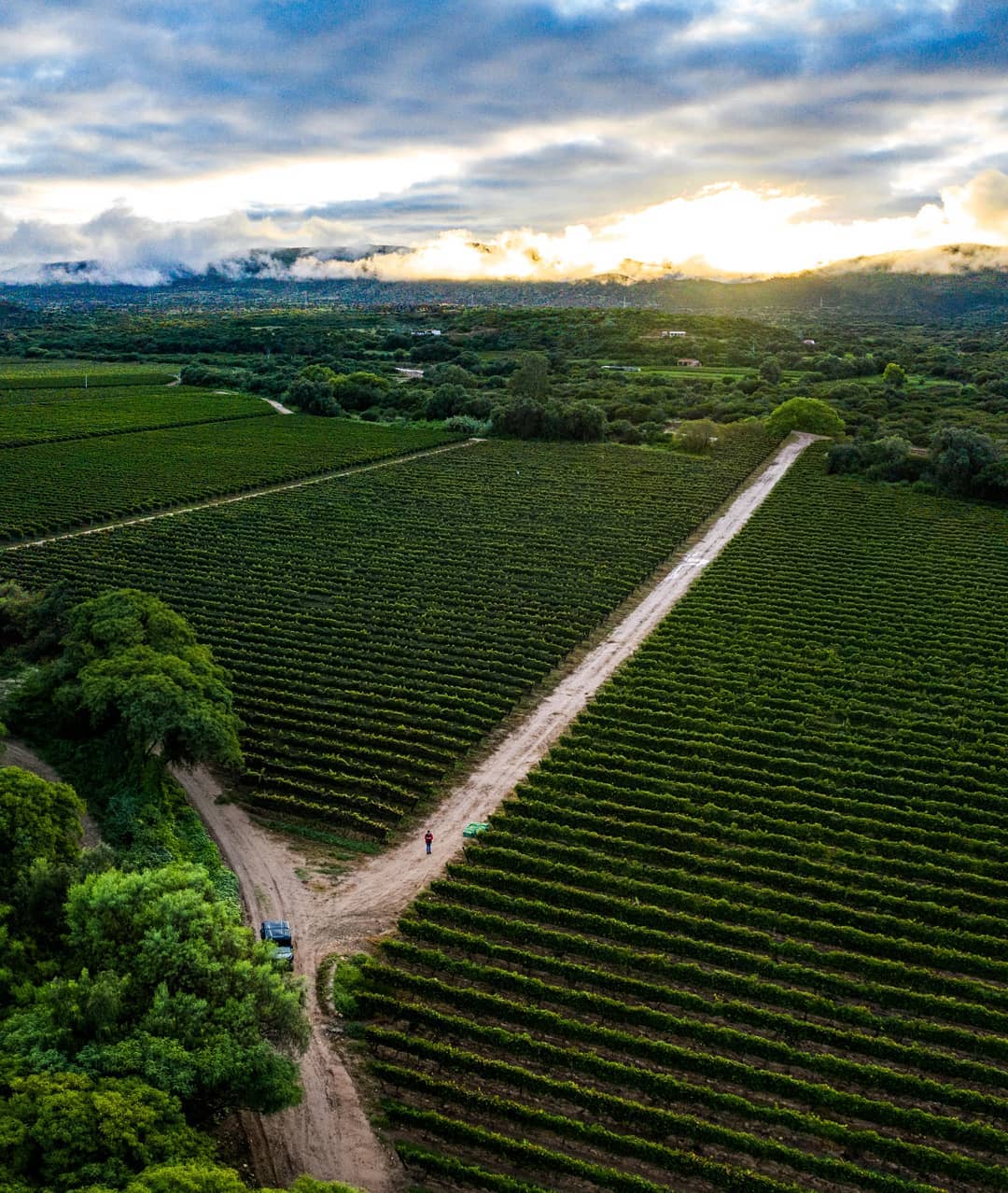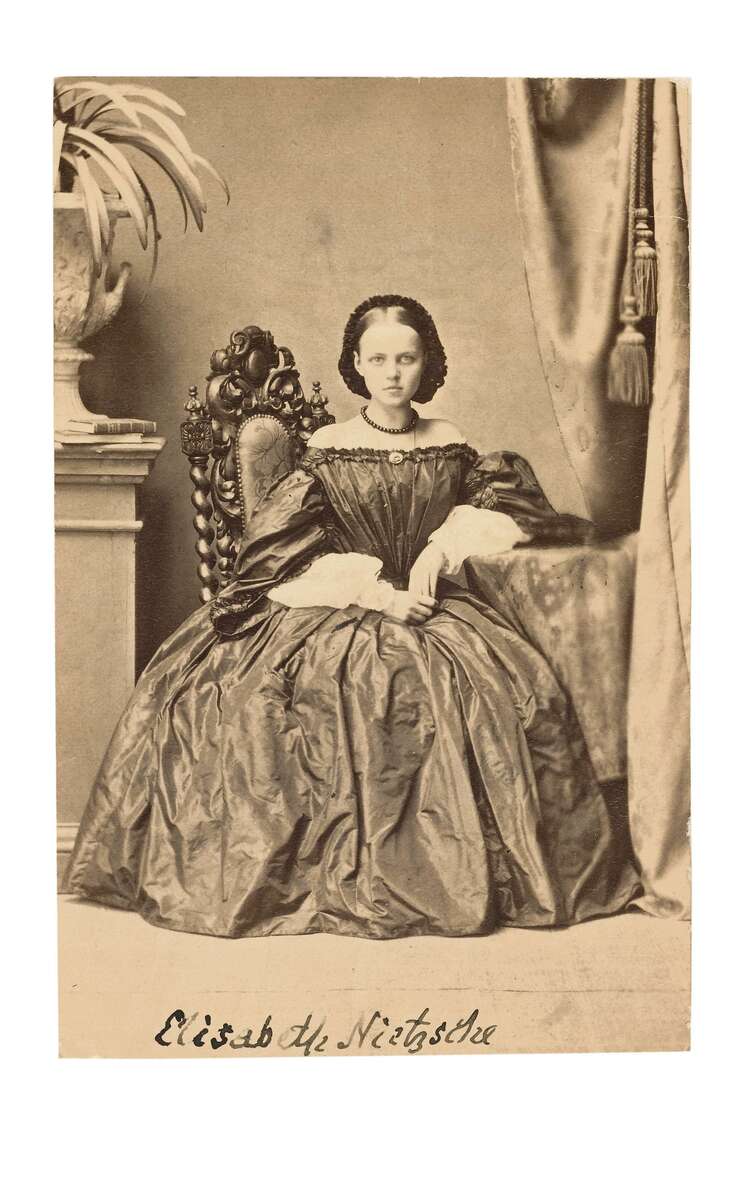|
San Bernardino, Paraguay
San Bernardino (colloquially known as San Ber) is a town in Paraguay, located on the shores of Ypacarai Lake in the Cordillera Department. It is a popular holiday resort for people from Greater Asunción. History The town was founded in 1881 by German and Swiss immigrants, among them Santiago Schaerer, founder and first colony manager, and was renamed after Saint Bernard to honor Bernardino Caballero, president of Paraguay between 1880 and 1886. In the last decades of the nineteenth century was built the Hotel del Lago, where the National Socialist German Dr. Bernhard Förster spent the last six weeks of his life, before committing suicide on June 3, 1889 by taking an overdose of strychnine. Inspired by a letter from Richard Wagner and his own anti-Semitism, he traveled to Paraguay to create a model German settlement with his wife Elisabeth Förster-Nietzsche (sister of the philosopher) and several German families. Their efforts, at the site was called Nueva Germania, were not ... [...More Info...] [...Related Items...] OR: [Wikipedia] [Google] [Baidu] |
Asunción
Asunción (, , , Guarani: Paraguay) is the capital and the largest city of Paraguay. The city stands on the eastern bank of the Paraguay River, almost at the confluence of this river with the Pilcomayo River. The Paraguay River and the Bay of Asunción in the northwest separate the city from the Occidental Region of Paraguay and from Argentina in the south part of the city. The rest of the city is surrounded by the Central Department. Asunción is one of the oldest cities in South America and the longest continually inhabited area in the Río de la Plata Basin; for this reason it is known as "the Mother of Cities". From Asunción, Spanish colonial expeditions departed to found other cities, including the second foundation of Buenos Aires, that of other important cities such as Villarrica, Corrientes, Santa Fe, Córdoba, Santa Cruz de la Sierra and 65 more. Administratively, the city forms an autonomous capital district, not a part of any department. The metropolitan a ... [...More Info...] [...Related Items...] OR: [Wikipedia] [Google] [Baidu] |
Populated Places In The Cordillera Department
Population typically refers to the number of people in a single area, whether it be a city or town, region, country, continent, or the world. Governments typically quantify the size of the resident population within their jurisdiction using a census, a process of collecting, analysing, compiling, and publishing data regarding a population. Perspectives of various disciplines Social sciences In sociology and population geography, population refers to a group of human beings with some predefined criterion in common, such as location, race, ethnicity, nationality, or religion. Demography is a social science which entails the statistical study of populations. Ecology In ecology, a population is a group of organisms of the same species who inhabit the same particular geographical area and are capable of interbreeding. The area of a sexual population is the area where inter-breeding is possible between any pair within the area and more probable than cr ... [...More Info...] [...Related Items...] OR: [Wikipedia] [Google] [Baidu] |
Tarija
Tarija or San Bernardo de la Frontera de Tarixa is a city in southern Bolivia. Founded in 1574, Tarija is the largest city and capital and municipality within the Tarija Department, with an airport ( Capitán Oriel Lea Plaza Airport, (TJA)) offering regular service to primary Bolivian cities, as well as a regional bus terminal with domestic and international connections. Its climate is semi-arid ( BSh) with generally mild temperatures in contrast to the harsh cold of the Altiplano (e.g., La Paz) and the year-round humid heat of the Amazon Basin (e.g., Santa Cruz de la Sierra). Tarija has a population of 234,442. History The name of ''Tarija'' is said to come from Francisco de Tarija or Tarifa. However, researched information disproves that probability. Members of the first group of Spaniards to enter the valley where present-day Tarija is situated, stated that the name of Tarija was already in use. This group did not include anyone by the name of Francisco de Tarija. Similar- ... [...More Info...] [...Related Items...] OR: [Wikipedia] [Google] [Baidu] |
Villa Carlos Paz
Villa Carlos Paz () is a city in the center-north of the province of Córdoba, Argentina, in the south of the Punilla Valley, lying on the western slope of the Sierras Chicas. It has a population of about 56,000 as per the . The area of Punilla is a major tourist destination on the national level, and Villa Carlos Paz is in turn the most important city of Punilla, favoured by its closeness () to the populous Córdoba City, the capital of the province. Popular tourist activities include bathing in one of the many rivers, fishing, evening shows, kite surfing, windsurfing, hiking and mountain biking. Geography Villa Carlos Paz is located on the southern shore of the San Roque Lake. It is crossed by the San Antonio River and the Los Chorrillos Stream. The city was founded by the rancher Carlos Nicandro Paz in 1913. The Hang suspension bridges road was built in 1918 to link the town to the Valley Traslasierra. This was replaced in the 1950s by the Camino de las Altas Cumbres. Inte ... [...More Info...] [...Related Items...] OR: [Wikipedia] [Google] [Baidu] |
Emil Hassler
Emil Hassler (20 June 1864 – 4 November 1937) (French:, Spanish: ) was a Switzerland, Swiss physician, ethnographer, naturalist and botany, botanist well known for his collections and contributions to the description of the flora and culture of Paraguay. Hassler 1864-1937 (IPNI) Early life and education Born in Aarau, Switzerland in 1864, the son of Johann Friedrich Hassler and Marie Stampfli, Hassler was educated at the ''Ecole des arts et métiers d'Aarau'' from 1880 to 1882. He studied medicine in France, completing his studies in Rio de Janeiro, Brazil. Career In 1884 he began practising medicine in Cuiabá, Brazil. Between September 1885 and March 1887 he undertook his first voyage of exploration in the Matto Grosso of Brazil starting from Cuiabá, making his first Ethnography, ethnographic collections. In 1887 he moved to a hospital at San Bernardino near to Asunción in Paraguay. In 1889 he was curator for Paraguay in the Exposition Universelle (1889), World Exhib ... [...More Info...] [...Related Items...] OR: [Wikipedia] [Google] [Baidu] |
White Latin Americans
White Latin Americans, or European Latin Americans, are Latin Americans who are considered white, typically due to European descent. Latin American countries have often tolerated intermarriage between different ethnic groups since the beginning of the colonial period. Direct descendants of European settlers who arrived in the Americas during the colonial and post-colonial periods can be found throughout Latin America. Most immigrants who settled the region for the past five centuries were Spanish and Portuguese; after independence, the most numerous non- Iberian immigrants were French, Italians, and Germans, followed by other Europeans as well as West Asians (such as Levantine Arabs and Armenians). Composing from 33% of the population , according to some sources, CIA data from The World Factbook'Field Listing :: Ethnic groupsan retrieved on May 09 2011. They show 191,543,213 whites from a total population of 579,092,570. For a few countries the percentage of white population ... [...More Info...] [...Related Items...] OR: [Wikipedia] [Google] [Baidu] |
Per Capita Income
Per capita income (PCI) or total income measures the average income earned per person in a given area (city, region, country, etc.) in a specified year. It is calculated by dividing the area's total income by its total population. Per capita income is national income divided by population size. Per capita income is often used to measure a sector's average income and compare the wealth of different populations. Per capita income is also often used to measure a country's standard of living. It is usually expressed in terms of a commonly used international currency such as the euro or United States dollar, and is useful because it is widely known, is easily calculable from readily available gross domestic product (GDP) and population estimates, and produces a useful statistic for comparison of wealth between sovereign territories. This helps to ascertain a country's development status. It is one of the three measures for calculating the Human Development Index of a country. Per ... [...More Info...] [...Related Items...] OR: [Wikipedia] [Google] [Baidu] |
Cordillera Department
Cordillera () is a department in Paraguay. The capital is the city of Caacupé. History During the seventeenth and eighteenth centuries this area of the country was going through a serious crisis due to population bellicosity of the Indians from Chaco. The villagers from Tobatí located north of the river Pirapo then called, had to migrate south for the continue attacks by Mbaye-guaicurúes. The residents of Altos and Atyrá created their current settlements in the territory of this department. There were also some settler farmers who were scattered in existing territories Arroyos y Esteros, 1 de Marzo, Caraguatay and Piribebuy. Towards the end of the eighteenth century these small towns were expanding, consolidating the villages located north of the department as Arroyos y Esteros Eusebio Ayala (then called town of San Roque). Once the Paraguayan War, began a process of founding of major towns and settlements driven by German immigrants during the government of Bernardino ... [...More Info...] [...Related Items...] OR: [Wikipedia] [Google] [Baidu] |
Elisabeth Förster-Nietzsche
Therese Elisabeth Alexandra Förster-Nietzsche (10 July 1846 – 8 November 1935) was the sister of philosopher Friedrich Nietzsche and the creator of the Nietzsche Archive in 1894. Förster-Nietzsche was two years younger than her brother. Their father was a Lutheran pastor in the German village of Röcken bei Lützen. The two children were close during their childhood and early adult years. However, they grew apart in 1885 when Elisabeth married Bernhard Förster, a former high school teacher who had become a prominent German nationalist and antisemite. Friedrich Nietzsche did not attend their wedding. Förster-Nietzsche and her husband created an unsuccessful colony, Nueva Germania, in Paraguay in 1887. Her husband killed himself in 1889. Förster-Nietzsche continued to run the colony until she returned to Germany in 1893 where she found her brother to be an invalid whose published writings were beginning to be read and discussed throughout Europe. Adolf Hitler attended ... [...More Info...] [...Related Items...] OR: [Wikipedia] [Google] [Baidu] |
Bernhard Förster
Ludwig Bernhard Förster (31 March 1843 – 3 June 1889) was a German teacher. He was married to Elisabeth Förster-Nietzsche, the sister of the philosopher Friedrich Nietzsche. Life Förster became a leading figure in the anti-Semitic faction on the far right of German politics and wrote on the Jewish question, characterizing Jews as constituting a "parasite on the German body". In order to support his beliefs he set up the ''Deutscher Volksverein'' (German People's League) in 1881 with Max Liebermann von Sonnenberg. In 1883, Förster left Germany in order to emigrate to Paraguay. His anti-Semitic belief system had resulted in social ostracization and the loss of his teaching job. After searching the country for many months, Förster found a suitable site to establish a settlement. It was 600 square kilometres and almost 300 kilometres north of Asunción. The settlement was to become known as " Nueva Germania". Förster returned to Germany in March 1885 and married ... [...More Info...] [...Related Items...] OR: [Wikipedia] [Google] [Baidu] |




